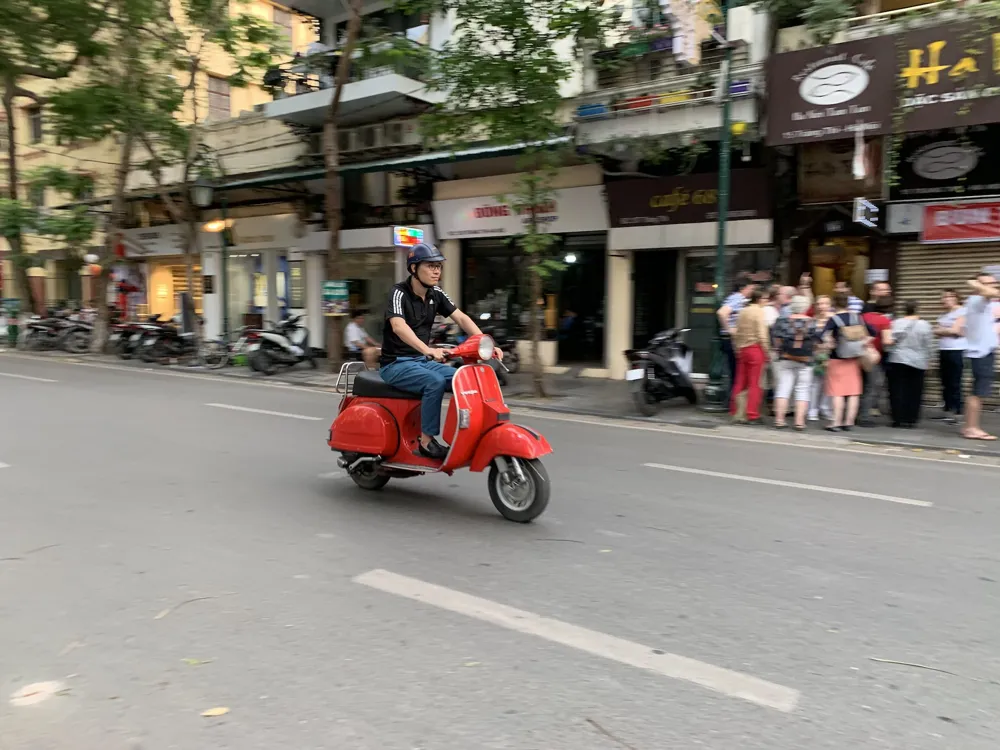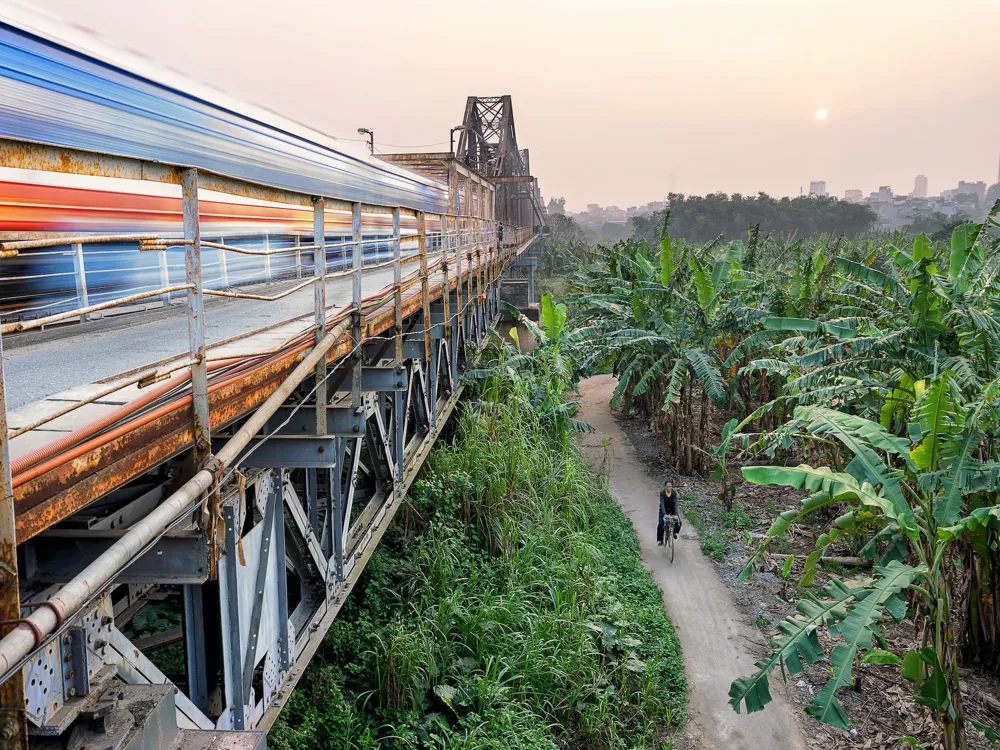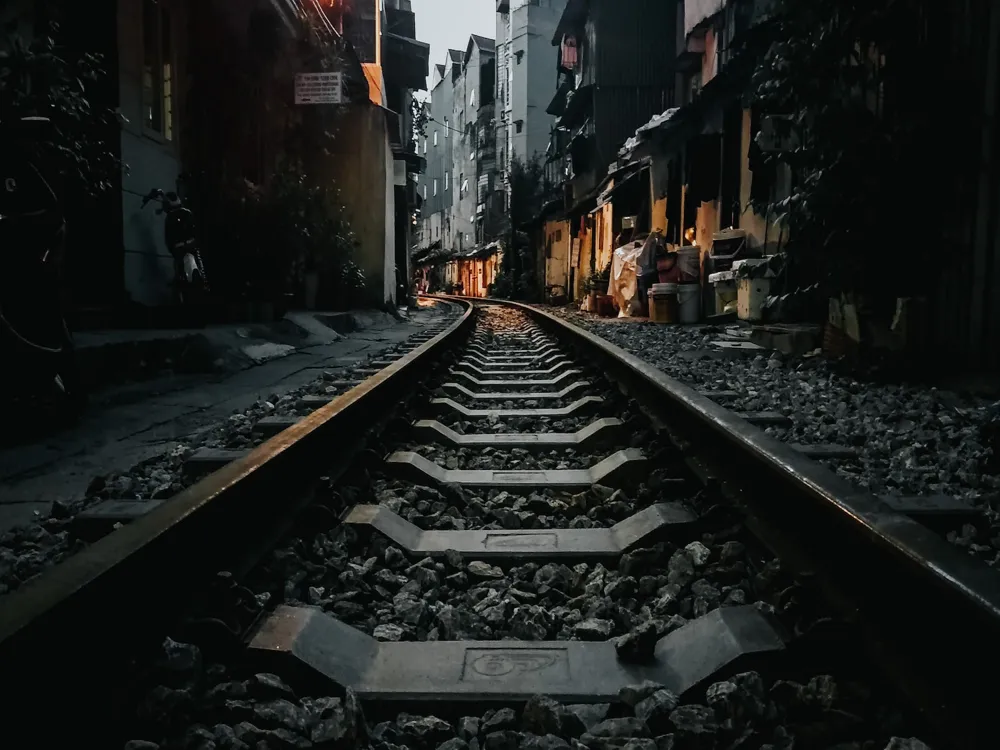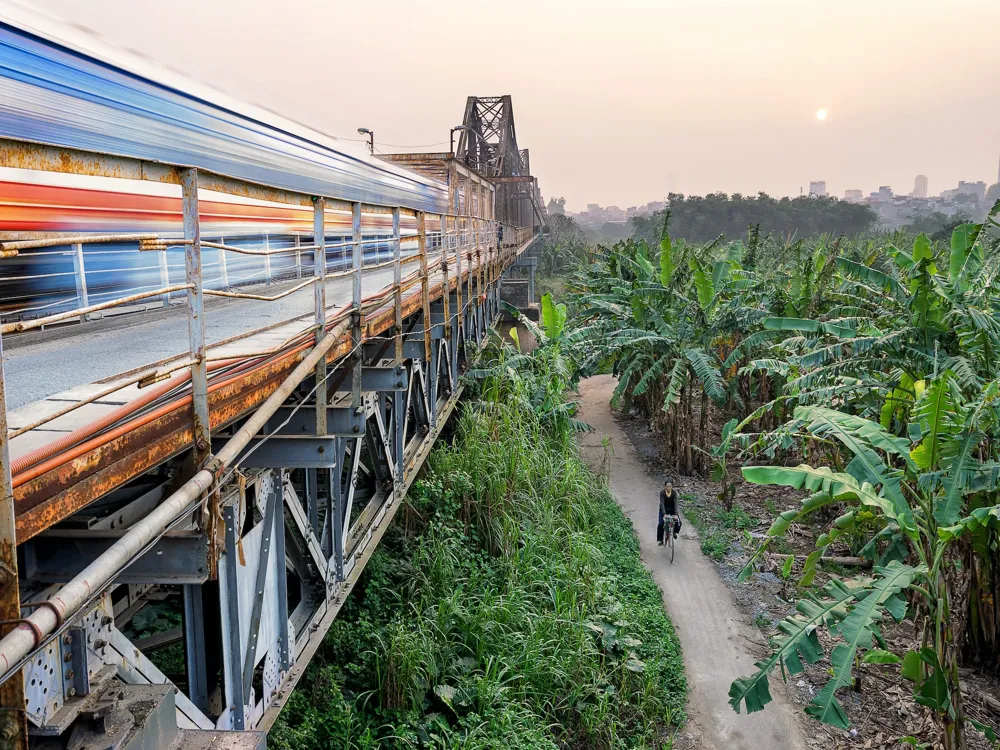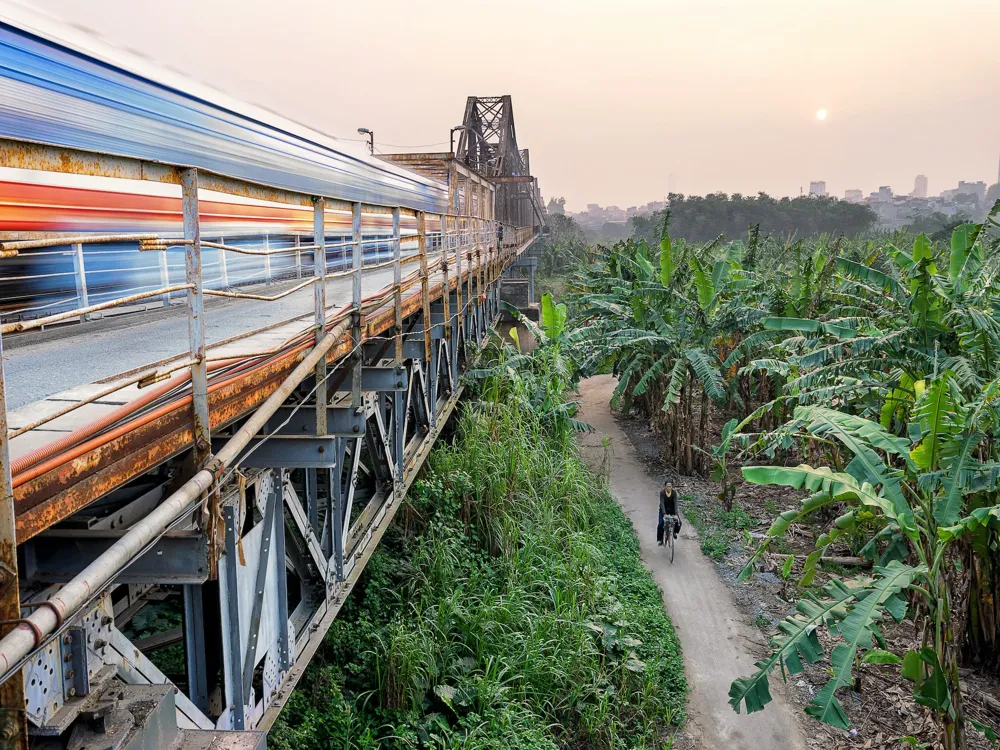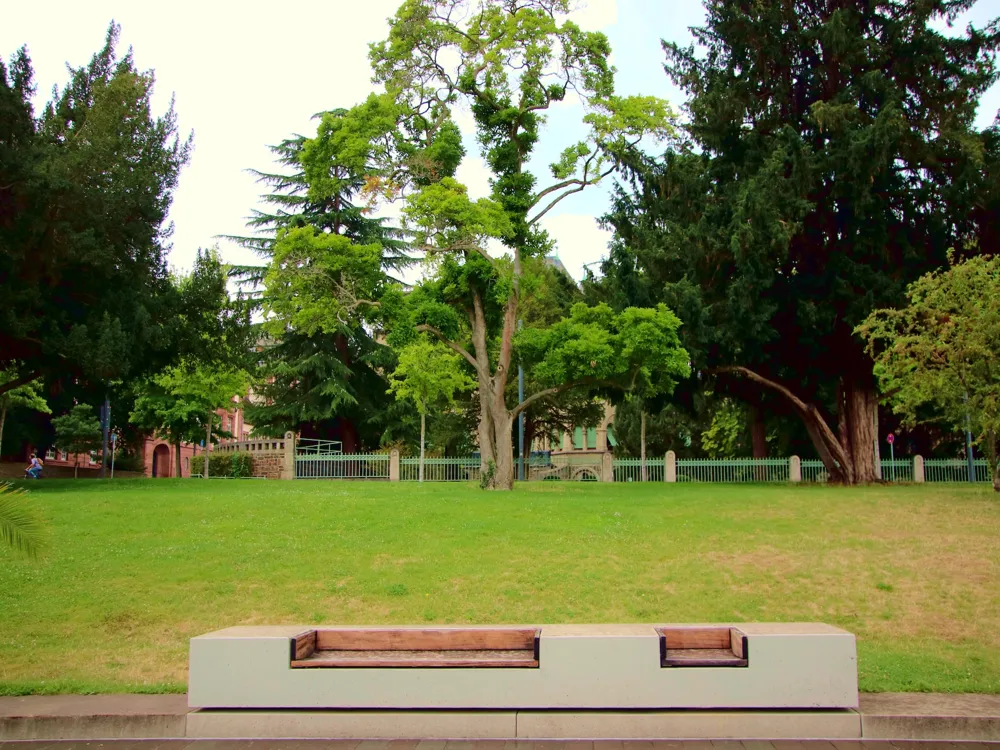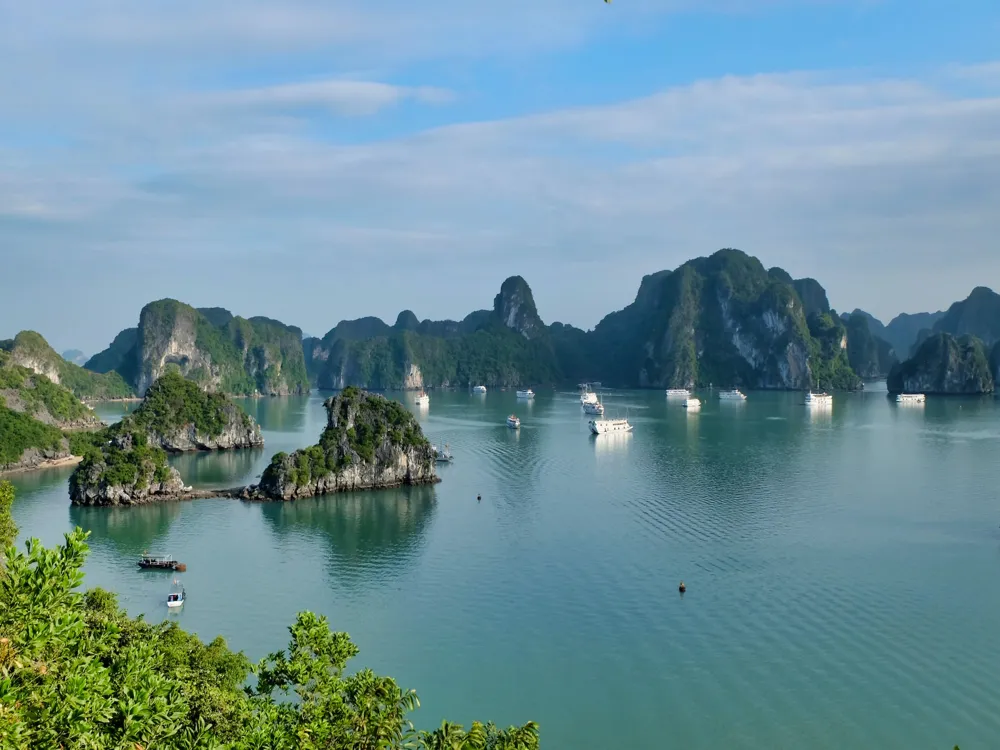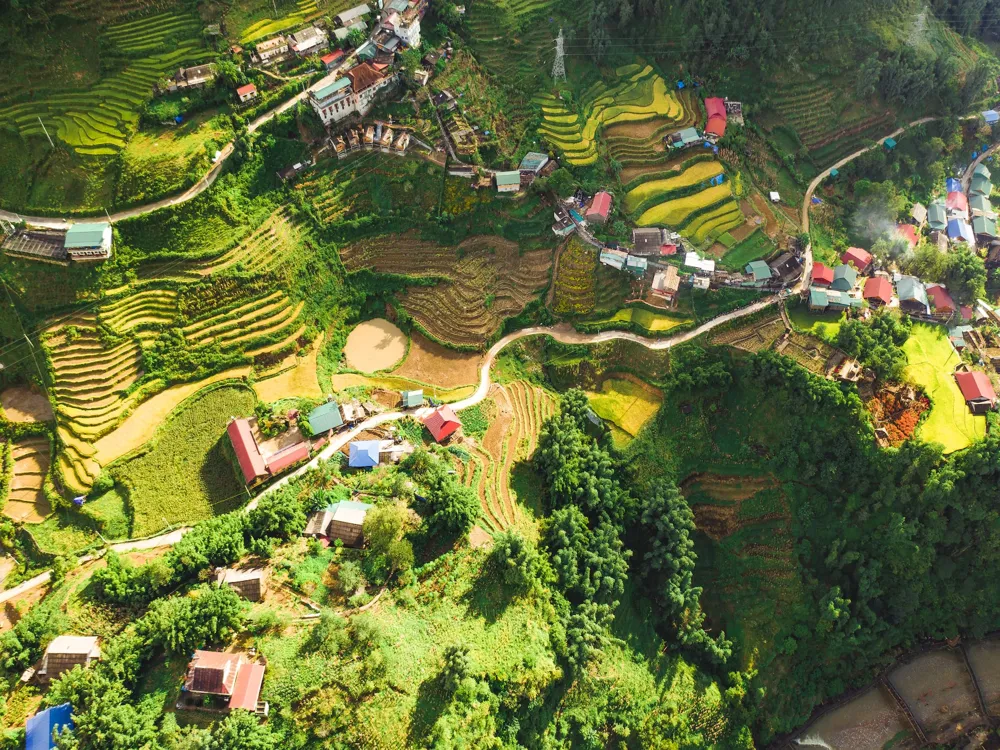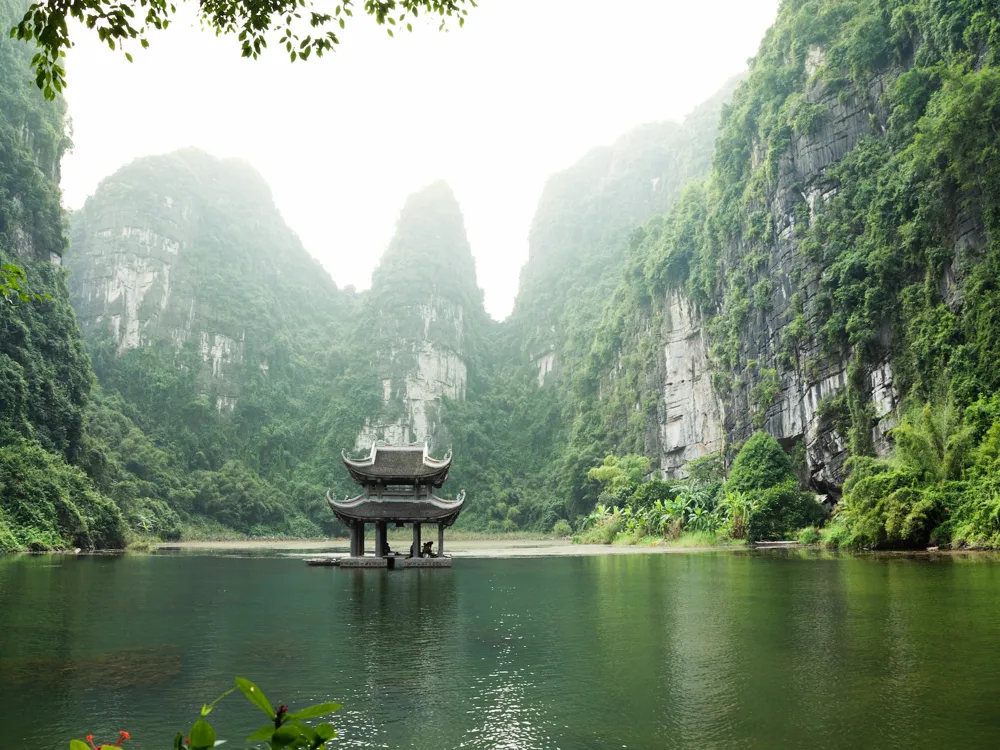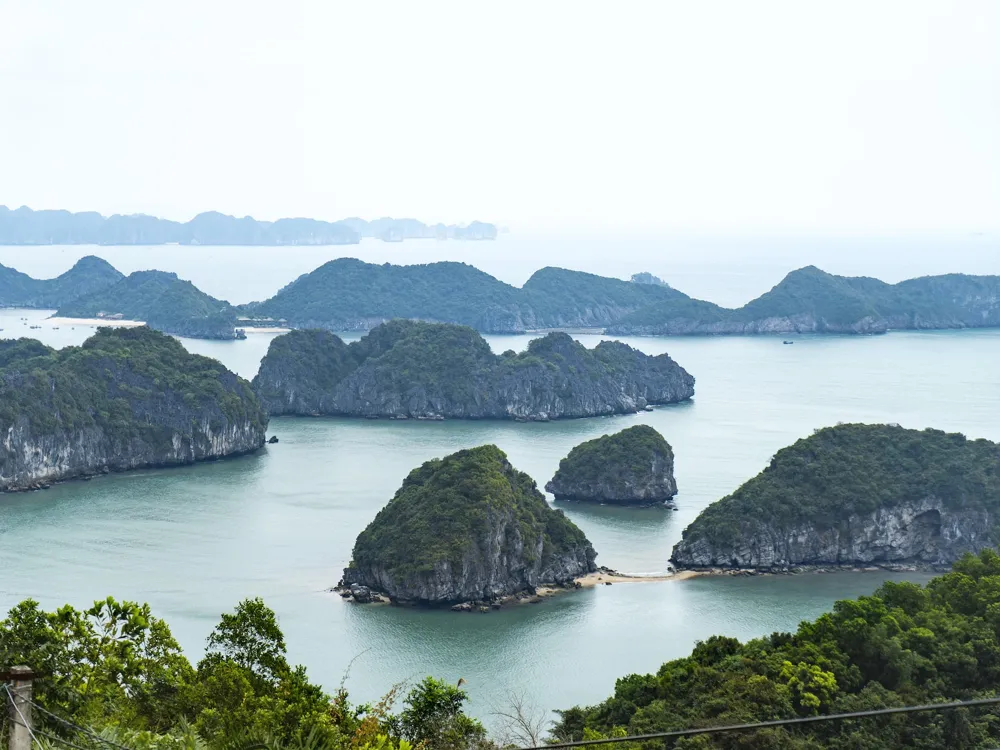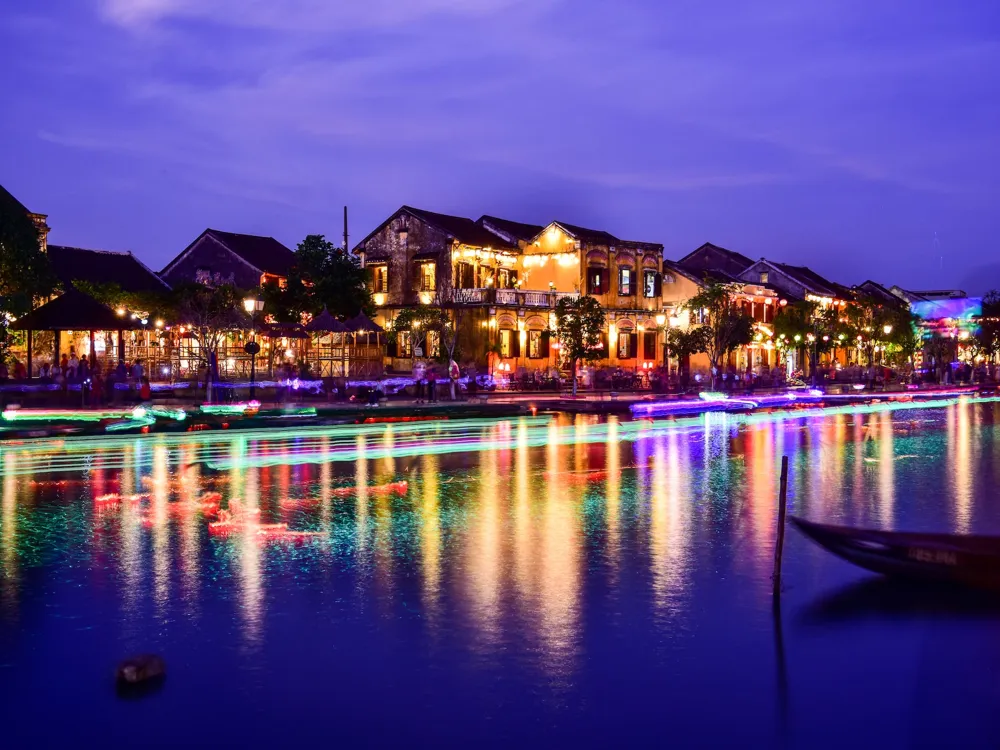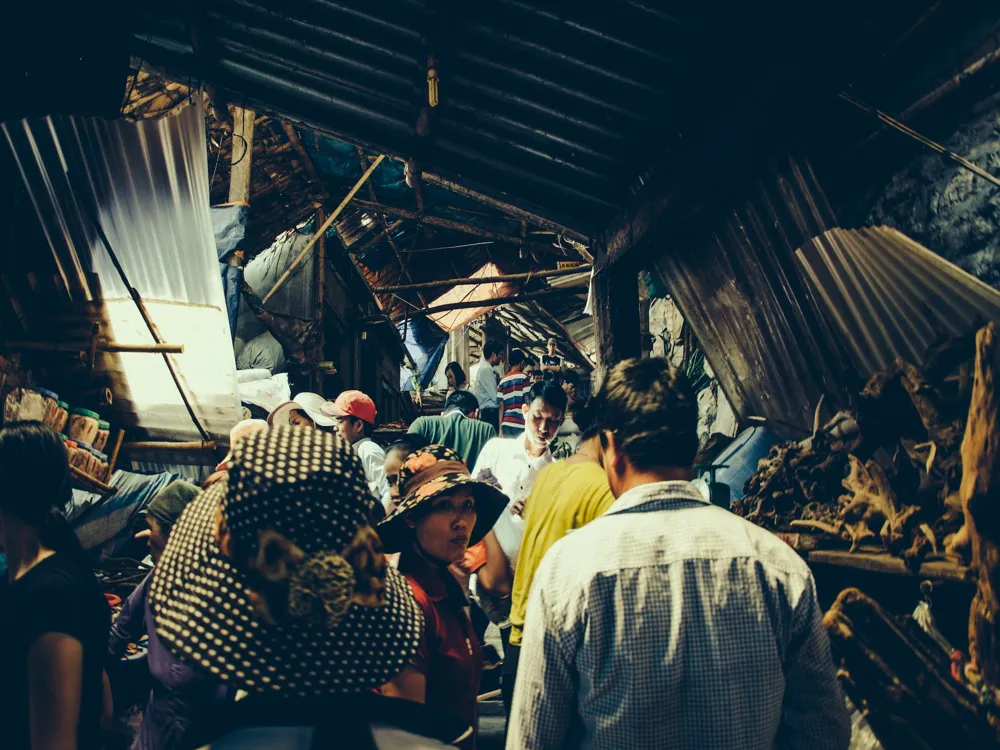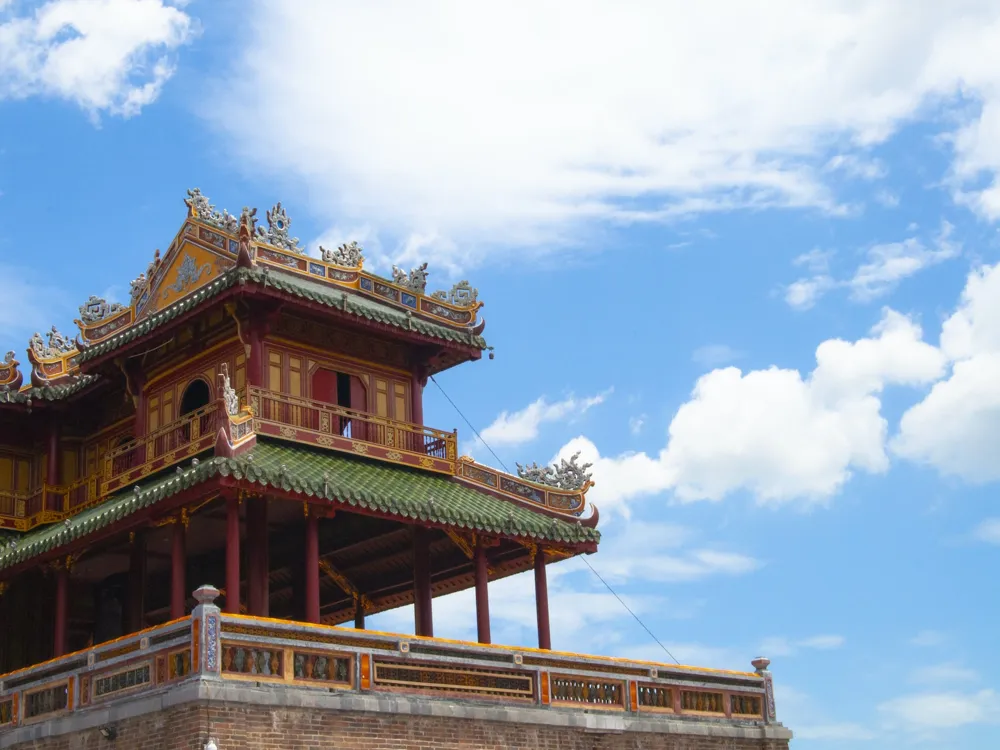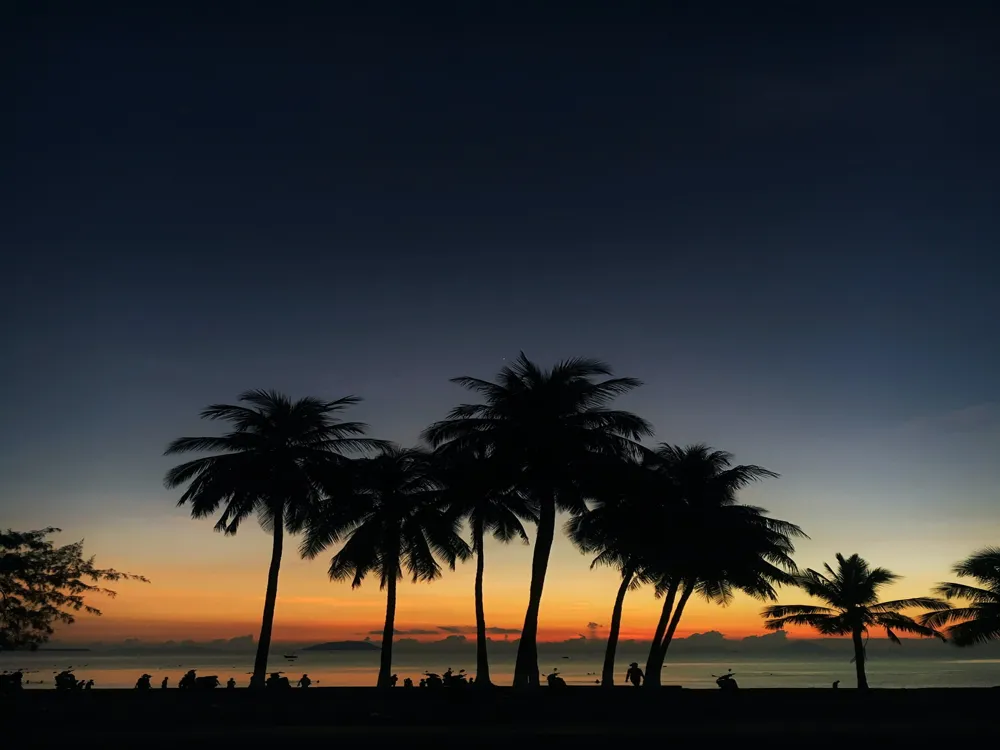Hanoi, the capital city of Vietnam, is a fascinating blend of East and West, combining traditional Sino-Vietnamese motifs with French flair. It is the second-largest city in the country and offers a spectacular array of sights, sounds, and tastes. From its ancient pagodas and unique theaters to the chaotic Old Quarter and tranquil lakes, Hanoi is a city of contrasts. The rich history of over 1,000 years is reflected in its architecture, culture, and cuisine, making it a must-visit destination in Southeast Asia.
The city's heart is its Old Quarter, where narrow streets are lined with French colonial buildings, traditional Vietnamese houses, and bustling markets. Amidst this chaos, you can find serene pagodas and Taoist temples. The city's cultural richness is apparent in its many museums and theaters, offering insights into the nation's complex history and vibrant contemporary art scene. Hanoi is also the birthplace of many iconic Vietnamese dishes, like Pho and Bun Cha, offering an unforgettable culinary journey.
Despite its bustling streets, Hanoi offers pockets of calm with its numerous parks and lakes. Hoan Kiem Lake, located in the city center, is a popular spot for locals and tourists alike. It's surrounded by historical sites, including the famous Ngoc Son Temple and The Huc Bridge, creating a picturesque and peaceful setting amidst the urban rush.
The city's modern side is just as compelling, with its rapid development bringing in high-rise buildings, luxury hotels, and large shopping malls. This blend of old and new, tradition and progress, is what makes Hanoi a truly unique destination, encapsulating the spirit of Vietnam's past, present, and future.
Hanoi's architecture is a testament to its rich history and cultural diversity. The city's landscape is dotted with ancient pagodas, grand French colonial buildings, and modern skyscrapers, each telling a different story of Hanoi's past and present. The traditional architecture of Hanoi is deeply influenced by Chinese and French colonial styles, creating a unique aesthetic that can't be found anywhere else in the world.
One of the most significant architectural feats in Hanoi is the Old Quarter, known for its 'tube houses' – narrow, multi-story homes that reflect the city's response to spatial constraints in earlier times. These buildings often have commercial activities on the ground floor and residential spaces above, illustrating the blend of public and private life in the city's urban fabric.
French colonial architecture is another prominent feature in Hanoi's cityscape. After over a century of French occupation, Hanoi has retained many colonial-era buildings, such as the Hanoi Opera House and the Presidential Palace. These buildings are characterized by their grand facades, large courtyards, and ornate detailing, offering a glimpse into the city's colonial past.
In contrast, the modern architecture in Hanoi is all about skyscrapers and glass-fronted buildings, signifying the city's rapid economic growth and development. The Lotte Center and the Keangnam Hanoi Landmark Tower are perfect examples of this modernity, showcasing how Hanoi is embracing contemporary architectural trends while still maintaining its unique historical identity.
The best time to visit Hanoi is during the spring (March to April) and autumn (September to November) months. During these times, the weather is pleasant with moderate temperatures and lower humidity levels, ideal for exploring the city.
Hanoi's public transportation system includes buses, a metro line, and the traditional cyclo. For more convenience, taxis and ride-hailing services like Grab are widely available. Renting a motorbike is another popular option, though it's recommended only for those familiar with navigating busy streets.
Respect is a key aspect of Vietnamese culture. When visiting temples or religious sites, dress modestly and remove your shoes. It's also polite to greet locals with a smile and a small bow. Haggling is common in markets, but do so respectfully.
Vietnamese cuisine is a highlight of any visit to Hanoi. Street food is safe to eat, but choose stalls that are busy with locals. Drink bottled water, and be cautious with raw fruits and vegetables. Always keep your belongings secure, especially in crowded areas.
Hanoi is well-connected and accessible by various modes of transport. The Noi Bai International Airport is the main gateway for international travelers, with numerous airlines offering flights to and from major cities worldwide. For regional travel, trains and buses connect Hanoi with other Vietnamese cities. The city's central location in North Vietnam also makes it a convenient starting point for exploring the wider region.
Overview of Hanoi
Architecture of Hanoi
Tips When Visiting Hanoi
Best Time to Visit
Local Transportation
Cultural Etiquette
Food and Safety
How To Reach Hanoi
Old Quarter Hanoi
Hanoi
₹ 15,260 onwards
View hanoi Packages
Weather :
Tags : Historical Site
Planning a Trip? Ask Your Question
Hanoi Travel Packages
View All Packages For Hanoi
Top Hotel Collections for Hanoi

Private Pool

Luxury Hotels

5-Star Hotels

Pet Friendly
Top Hotels Near Hanoi
Other Top Ranking Places In Hanoi
View All Places To Visit In hanoi
View hanoi Packages
Weather :
Tags : Historical Site
Planning a Trip? Ask Your Question
Hanoi Travel Packages
View All Packages For Hanoi
Top Hotel Collections for Hanoi

Private Pool

Luxury Hotels

5-Star Hotels

Pet Friendly







